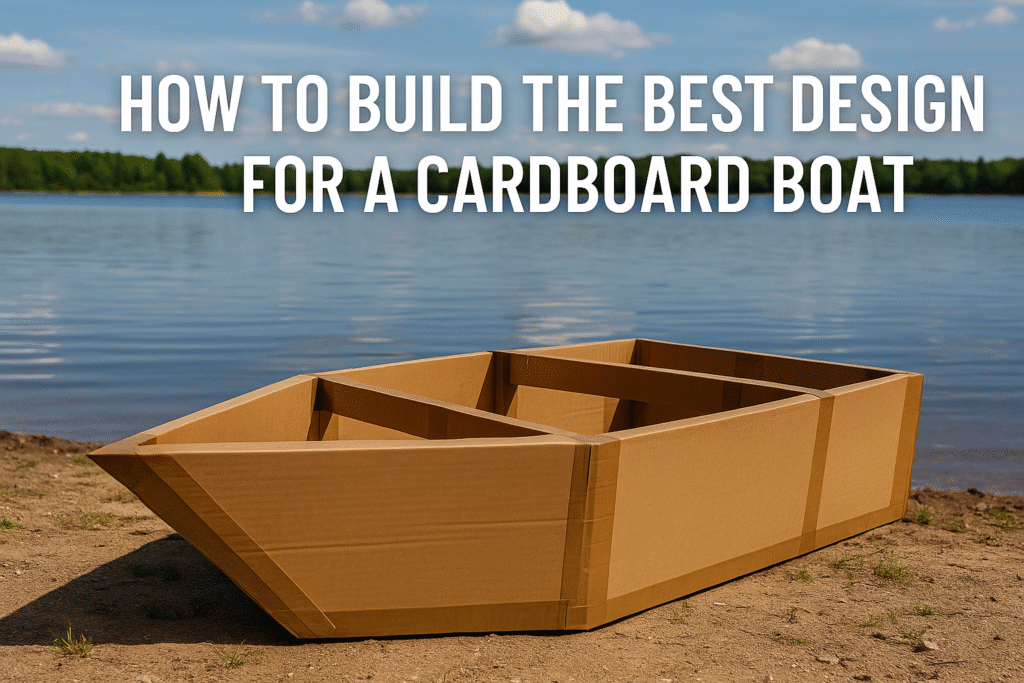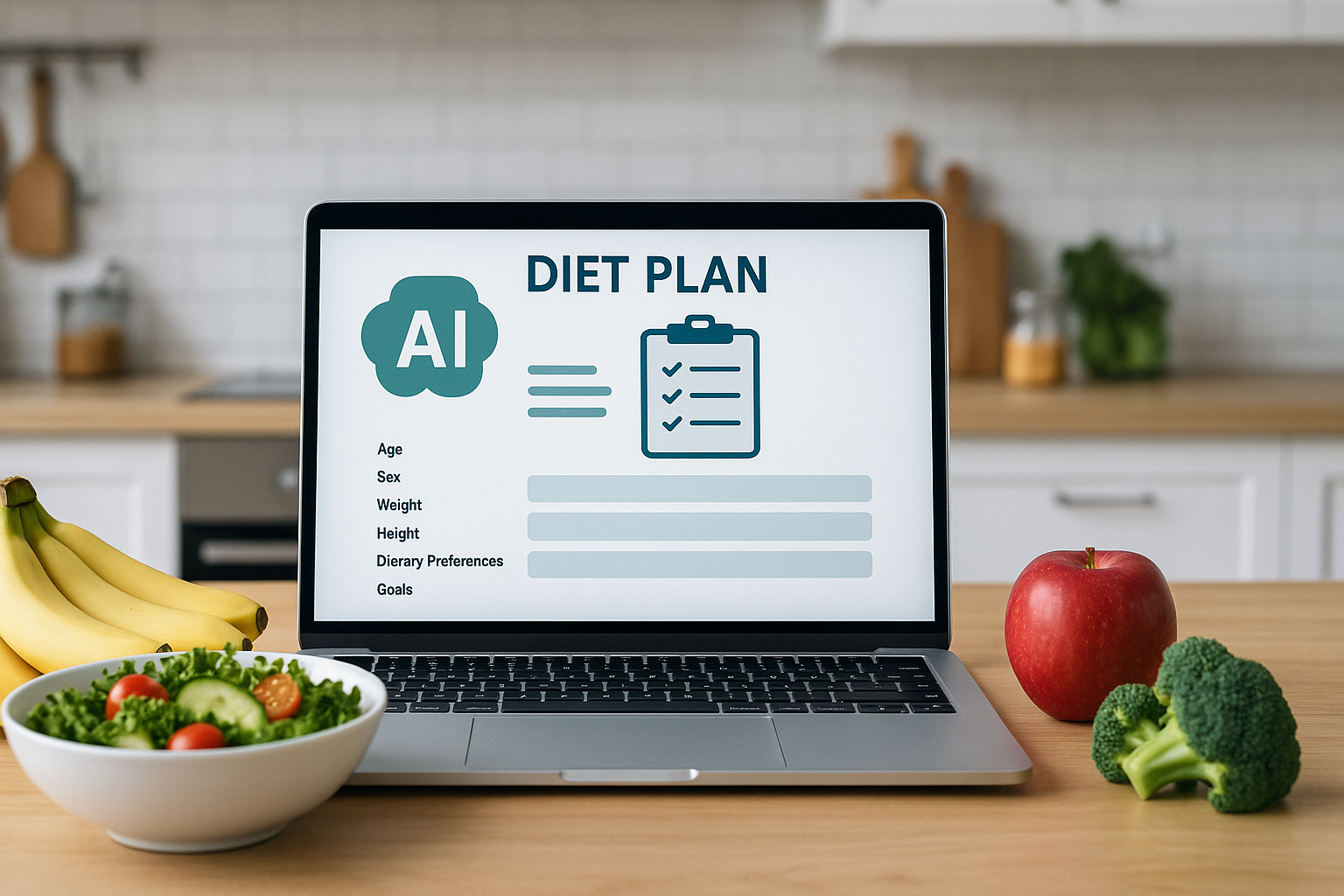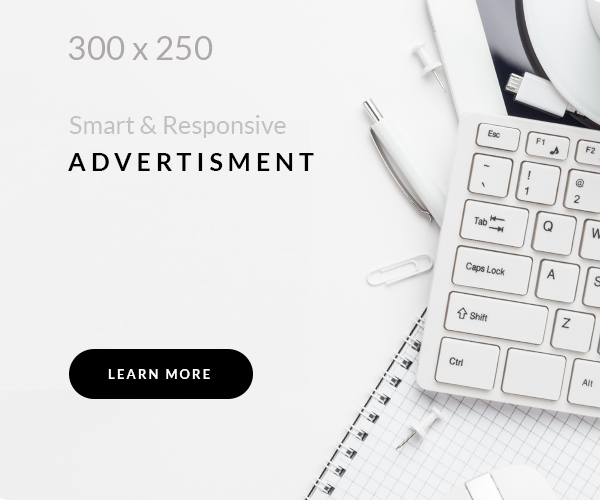Designing a cardboard boat that not only looks great but actually floats is both an engineering challenge and a creative adventure. Whether you’re entering a regatta, organizing a STEM activity, or just having fun, getting the design right is crucial. In this guide, we’ll explore everything you need to know to build the best design for a cardboard boat, using practical tips, physics-based principles, and real-life case studies. Along the way, we’ll also answer the commonly searched query: cardboard boat how to make – in the most comprehensive and engaging way possible.
Why Cardboard Boats Sink (And How to Prevent It)
Cardboard boats fail for several reasons:
- Poor buoyancy calculations
- Flimsy or incorrectly cut cardboard
- Inadequate sealing
- Uneven weight distribution
Understanding the science behind floating is your first step to success. According to Archimedes’ Principle, the buoyant force exerted by water must equal the weight of the object. That means your boat must displace enough water to carry its passengers without letting water in. You can learn more about buoyancy and fluid dynamics through trusted resources like NASA’s STEM learning center or Khan Academy’s physics section.
That’s why having the best design for cardboard boat projects becomes crucial to your success.
To avoid failure, use proven techniques tied to the best design for cardboard boat racing and recreation. It’s not just about materials, it’s about strategy and structure.
Planning Your Cardboard Boat: Key Considerations
Before grabbing glue and cardboard, consider these design factors:
- Boat purpose: Racing? Display? STEM project?
- Passenger weight: Total weight affects hull size
- Time and resources: Consider availability of tools, materials, and workspace
Mapping these variables helps define the scope of your build. Identifying the best design for cardboard boat challenges starts with knowing your objective.
The best design for cardboard boat strength also considers time limits and material access. If you’re low on time, opt for a design that’s simple yet stable.
Best Design for Cardboard Boat: Hull Shape Matters
Hull shape is a major factor in how well your boat will float and move. Here are some common designs:
1. Flat-Bottom Hull
- Ideal for beginners
- Offers stability on calm waters
- Easy to build with rectangular cuts
2. V-Shaped Hull
- Better directional control
- Less surface resistance
- Harder to build and balance
3. Pontoon-Style Hull
- Increases surface area and buoyancy
- Distributes weight evenly
- Excellent for heavier loads
For most DIY builders and races, a flat-bottom design with a wide base and tall sides tends to perform the best. It’s frequently recognized as the best design for cardboard boat competitions thanks to its balance of simplicity and stability.
To compete successfully, start with the best design for cardboard boat framework and customize it for your conditions.
Cardboard Boat How to Make: Step-by-Step Guide
Ready to build? Here’s a proven process that incorporates the best design for cardboard boat functionality:
Materials You’ll Need:
- Large, thick corrugated cardboard (double-walled)
- Duct tape (high-quality, waterproof preferred)
- Water-based wood glue or white glue
- Ruler, pencil, utility knife
- Paint or water sealant (optional but recommended)
Step 1: Design Your Boat
Sketch out a rough design. Include:
- Base dimensions (length, width)
- Side heights
- Seating area
Use grid paper for precision, and plan for enough displacement to support passenger weight. Focus on structural support to align with the best design for cardboard boat success.
Step 2: Cut and Layer Cardboard
- Cut the base and side panels.
- Laminate 2–3 layers of cardboard for the base for strength.
- Make sure corrugation runs in alternating directions for durability.
Step 3: Assemble the Structure
- Use duct tape to attach side panels to the base.
- Seal all internal and external seams thoroughly.
- Reinforce corners with extra tape and cardboard beams.
Step 4: Waterproof the Boat
- Apply 2–3 coats of water-based sealant or paint.
- Let it dry for 24 hours.
- Avoid oil-based sealants, which can weaken cardboard.
Step 5: Test and Adjust
- Test the boat in shallow water before full launch.
- Check for leaks, balance, and tipping.
- Adjust by redistributing weight or patching weak points.
If you’re unsure how to make adjustments, refer to previous winners who refined the best design for cardboard boat performance through trial and testing.
Engineering Tips: Make It Strong, Make It Float
Here are expert tips to strengthen your design:
- Add internal braces using folded cardboard beams.
- Avoid sharp corners that can deform under stress.
- Use angled edges on the front to help cut through water.
- Balance your weight with a lower center of gravity.
These strategies are used in crafting the best design for cardboard boat performance under real-world conditions.
When builders ignore these elements, they risk compromising the best design for cardboard boat durability. Strength matters as much as speed.
Buoyancy Math: How Much Weight Can Your Boat Hold?
Let’s say your cardboard boat is 3 ft long, 2 ft wide, and 1 ft tall.
- That gives you 6 cubic feet of displacement.
- Fresh water weighs ~62 lbs per cubic foot.
- Your boat can theoretically hold up to 372 lbs, assuming no water intrusion.
Always build with a margin of safety — plan for only 75% of max buoyancy. Knowing these numbers is essential when pursuing the best design for cardboard boat projects. For a deeper dive into fluid displacement and engineering principles, visit educational resources like TeachEngineering.org or Science Buddies.
Common Mistakes (And How to Avoid Them)
- Thin cardboard → Use heavy-duty double-layered sheets.
- Not sealing corrugated edges → These absorb water fast.
- Too much tape → Adds weight without structural benefit.
- Skipping testing → Leads to race-day disasters.
Avoiding these issues puts you on the right track to discovering the best design for cardboard boat functionality.
Don’t let small errors undermine your build, keep the best design for cardboard boat fundamentals in mind during every step.
Real-Life Examples: What Winners Do Differently
Case Study 1: STEM High School Challenge
A group of students used an open rectangular flat-bottom boat with three layers of laminated cardboard and sealed it with eco-friendly paint. It carried two students and remained afloat for over 10 minutes. Their thoughtful preparation reflected the best design for cardboard boat competitions.
Case Study 2: Regatta Winner
This team used a pontoon-style catamaran made from four identical hulls. The design prioritized even weight distribution and fast water displacement. It took first place in speed and creativity — clear proof that applying the best design for cardboard boat stability delivers real results.
Both teams executed the best design for cardboard boat performance with attention to balance, sealing, and smart engineering.
Enhancing Your Boat Design: Bonus Tips
- Add a keel or skeg for improved steering.
- Use pool noodles inside walls for emergency floatation.
- Create a detachable rudder for better control.
- Name and paint your boat – style matters in competitions!
All these enhancements can be layered onto the best design for cardboard boat foundations to create a stronger, more attractive entry.
These finishing touches often differentiate the good from the great in best design for cardboard boat rankings.
Designing for Success: Why the Best Design for Cardboard Boat Wins
Choosing the best design for cardboard boat projects means focusing on both structure and performance. A well-thought-out hull shape, proper material layering, and strategic waterproofing all contribute to a floating, long-lasting boat. Whether you’re entering a race or simply testing your engineering skills, prioritizing the best design for cardboard boat success will set you apart from other builders. Pay attention to tested techniques, proven case studies, and smart material use to turn your design into a winner.
Expert Insights: Choosing the Best Design for Cardboard Boat Performance
Experts agree that the best design for cardboard boat projects isn’t about complexity, it’s about strategy. Choosing a design that balances stability, buoyancy, and construction simplicity ensures your cardboard boat floats and performs well. Builders are encouraged to test multiple hull shapes and adjust their materials until they arrive at the best design for cardboard boat success under their unique conditions.
When asked about what makes a winning build, many STEM instructors and regatta veterans point to one key factor: proper planning. The best design for cardboard boat challenges comes from anticipating weaknesses and building with precision. This approach not only increases your chances of floating but it also increases your chances of winning.
Competitive Advantage: Why Repeating the Best Design for Cardboard Boat Matters
In repeated tests and competitions, one pattern remains constant: the best design for cardboard boat entries often follows tried-and-true engineering principles. Successful designs emphasize balance, sealed seams, layered cardboard, and sufficient displacement.
By studying past winners and understanding the science of buoyancy, teams consistently refine what is considered the best design for cardboard boat challenges. Replicating and improving on proven designs gives you a strategic edge.
Incorporating multiple elements from successful builds into your own version of the best design for cardboard boat construction ensures your project has both the durability and performance needed to thrive in real-world conditions.
Final Checklist Before Launch
Make sure your project reflects the best design for cardboard boat safety and performance before hitting the water.
- Hull sealed and tested
- Weight capacity calculated
- Corners reinforced
- Passengers briefed on stability
- Emergency floatation added
Conclusion: Build It Right, Make It Float
Building the best design for a cardboard boat doesn’t require advanced tools — just solid planning, smart engineering, and a bit of creativity. By understanding the physics, choosing the right materials, and applying proven design strategies, you can create a cardboard boat that actually floats and turns heads.
Now that you know how to make it, it’s time to start cutting, taping, and testing. Stick to the best design for cardboard boat builds, and you’ll be well on your way to success.
Have a boat design or regatta story to share? Drop your thoughts in the comments or tag us on social media with your builds. Don’t forget to share this guide with fellow competitors and STEM enthusiasts — and happy building!







